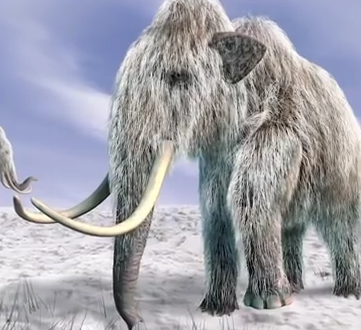Scientists have successfully assembled the complete genome of the extinct woolly mammoth. This could prove to be really useful for understanding the reason of extinction of the great beasts.
The last known presence of the mammoths was on an Arctic Island, somewhere near Russia. The scientists at the Swedish Museum of Natural History in Stockholm are documenting their ongoing findings in a journal called Current Biology. This journal also consists of various other studies, including that of the early hominids and the art of sequencing the ancient DNA, according to LA Times.
The woolly mammoths are known to be the last surviving group of their species, which makes this genome that much more important to the researchers. To carry out this extremely complicated study of the mammoth's genome, the researchers used the genome of an African savanna elephant as a reference point. It was then compared with that of the mammoth, according to Omni Feed.
By comparing the two DNA copies, they were able to tell the closeness of the woolly mammoths with the elephants. This helped them to determine the diversity of the giant beasts before they went extinct.
Ian Barnes, one of the biologists who is involved in this study explains how this experiment will be helpful in determining the evolution of the woolly mammoths. When a species is found to be more genetically diverse, it means that there are enough members to pass on their genes to the next generation.
Even if some members die due to environmental changes, yet the population remains at par. Hence, it implies that all endangered and extinct species experience low genetic diversity.
The group will study the evolution of Wrangel Island mammoths after this study is completed.



























